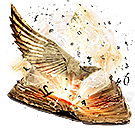Medewi 2.0
Overview:
Around 1050 BC, Egypt’s dominion over Nubia came to an end. It was not until approximately 900 BC that a new power subjugated this territory and for no less than 1000 years determined its history. This power, called the Kingdom of Napata and Meroe is also known as the Kingdom of Kush. The Kingdom of Kush is divided into 2 periods, the Napatan Period lasting until 270 BC and the Meroitic Period existing from the fall of that kingdom toward the year 320 AD.
Today we can say, with some certainty that the ruling class in the Kingdom of Kush was not made up of Egyptian or Libyian immigrants, as we had frequently assumed in the past. Names of the royal family as well as high ranking officials and priests, prove that they belonged to the people whose language became the written language of the Meroitic Period. We call them “Meroites”. In addition, the custom of matrilinear succession and the development of royal tomb installations reveal that the social and cultural traditions of the ruling class were derived not from the Egyptians but from the peoples of the Upper Nile Valley.
With regards to agriculture, during the Meroitic Period, cattle breeding becomes increasingly important, replacing sheep and goats due to their nutritional value. The many representations of cattle, for example those in the Temple of Apedemak at Musawwarat es-Sufra, picture a powerful and well-cared-for breed leading us to assume that cattle breeding was taking place. An extensive system of reservoirs was developed to facilitate cattle herding and the cultivation of fields away from the Nile. The vicinity of Meroe was suited to iron production on a large scale. Implements made of iron may have been employed in agriculture and iron tools were used in the quarries and in construction.
The minor arts, especially that of goldsmiths, continued to develop and reached high levels of achievement. The elephant had great significance in Meroe, particularly in Musawwarat es-Sufra where it was frequently represented in relief and sculpture. A significant change took place at the beginning of the Meroitic Period: typical Napatan (bright red) ceramics disappeared entirely. A new black polished ware is found in royal burials beginning around 300 BC.
International trade did not pass through Meroe, which lay to the side of 2 main trade routes connecting Egypt with the Far East [the overland route through Arabia and the overseas passage across the Red Sea]. Direct trade with Meroe was important for Egypt and so was the trade with central Africa states that passed through Meroe en route to Egypt. To Egypt, Meroe exported gold, ivory, iron, ostrich feathers and other products of the African interior; it also provided Egypt with slaves.
The major period for construction of the Musawwarat es-Sufra began after 300 BC with the erection of temples on artificial terraces within the Great Enclosure. This site is located in a natural basin five or six miles in width surrounded by hills in the Sudan. Musawwarat es-Sufra was an important center for pilgrims who came to celebrate the periodic festivals held there for the local gods. The numerous elephant representations may possibly suggest that elephants were trained here (for military and ceremonial purposes) and the large enclosures may have been designed to herd them in. There are several one-room temples dedicated to the native gods.
The Meroitic script has a cursive and more rarely used hieroglyphic form. Despite the individual characters being derived from Egyptian demotic script and hieroglyphs, the Meroitic system of writing differs fundamentally from that of the Egyptian. The complicated Egyptian system was reduced to a simple alphabet of 23 symbols. In contrast to Egyptian script and most Semitic systems of writing, Meroitic script includes vowel notations. From the 2nd century BC on, the Meroitic language was almost employed exclusively as the written language as well. Since there are no bilingual inscriptions to provide us with access to Meriotic, we understand very little of the language.
The history of the Meriotic Kingdom of Kush can be divided into the following stages:
- Transitional Stage 310-270 BC
It was assumed that the Kingdom of Kush was at this time divided into a northern (Napatan) territory with its capital at Napata and a southern (Meriotic) territory with its capital at Meroe. There is a greater emphasis on Amun of Napata as a traditional god. In their cartouches, all the rulers of this period add to their own names the epithet “beloved of Amun.”- Early Meroitic Period 270-90 BC
The influence of the priests of Amun came to an end with the transfer of the royal cemetery to Meroe. Arkakemani is the first king to have his pyramid erected near Meroe. The first 3 rulers of the Meroitic Period assumed throne names modeled upon rulers of the Egyptian Dynasty XXVI. During the reign of King Tanyidamani (110-90 BC), the oldest datable text of significant length written in the Meroitic language is found on a stela containing a detailed government report and temple endowments. Henceforth, Meroitic hieroglyphs were increasingly used and soon replaced Egyptian writing altogether.- Middle Meroitic Period 90 BC~0 AD
The 1st century BC can in many ways be regarded as a golden age; the height of Meroitic power. The strong concentration of reigning queens in this period is striking. A small group of pyramids at Gebel Barkal can be dated to the 1st century BC. Increasing Meroitic activity in Lower Nubia is evident and this eventually lead to a military confrontation with the Romans. According to reports by the Greek geographer Strabo, Roman troops had advanced as far south as Napata. However, a peace agreement with Roman (Ptolemaic Egypt) was met and lasted until the end of the 3rd century AD. Only the Emperor Nero in 64 AD planned a campaign to Meroe, but it was never executed.- Late Meroitic Period 0 AD~320 AD
This period began with King Natakami (0-20 AD). He managed to introduce a new smaller size pyramid and a new kind of chapel decoration. Natakami also carried out renovations for old temples and built new ones. Given the sparsity of surviving monuments, we are forced to conclude that the summit of power achieved by King Natakami could not be maintained in the years following his reign. There are very few observable decisive changes within this period and it is generally regarded as marking the decline and fall of the Meroitic Kingdom. Yet, there is no evidence of impoverishment and the economy worked fine.
Causes for the decline of the Meroitic Kingdom are still largely unknown. Among the various factors put forth are: soil erosion due to overgrazing; excessive consumption of wood for iron production; abandonment of trade routes along the Nile. There were also constant battles with nomads on both sides of the Nile Valley. The Kingdom of Meroe ended in the first half of the 4th century AD.
This faction revision will be released in winter 2666 by our great-great-great-grandchilds (Kamil2650, Newdresden and Marsian-Greek Strategos II)
Units
This faction revision adds 3 new units to Meroe and changes the appearance of many existing ones. Here are some pictures of the new and reworked units:
Spoiler for Spear Infantry:
Spoiler for Melee Infantry:
Spoiler for Missile Infantry:
Spoiler for Cavalry:
Spoiler for Elephants:
Spoiler for Chariots:
Credits:
-assurbanippal for creating the new maces and the pikemen shield (textures by Ritter-Floh)
-Dontfearme22 and the AoB Team for a lot of models/textures. Please check the Age of Bronze mod, it's an amazing project and the units are very well done!
-The Meroitic Language and Writing System by Claude Rilly and Alex de Voogt for some new unit names (all unit names were held in proto-nubian)
-The Wise Coffin for creating the native language unit names
-LinusLinothorax for his research and help
-The AE team for inspiration and ideas







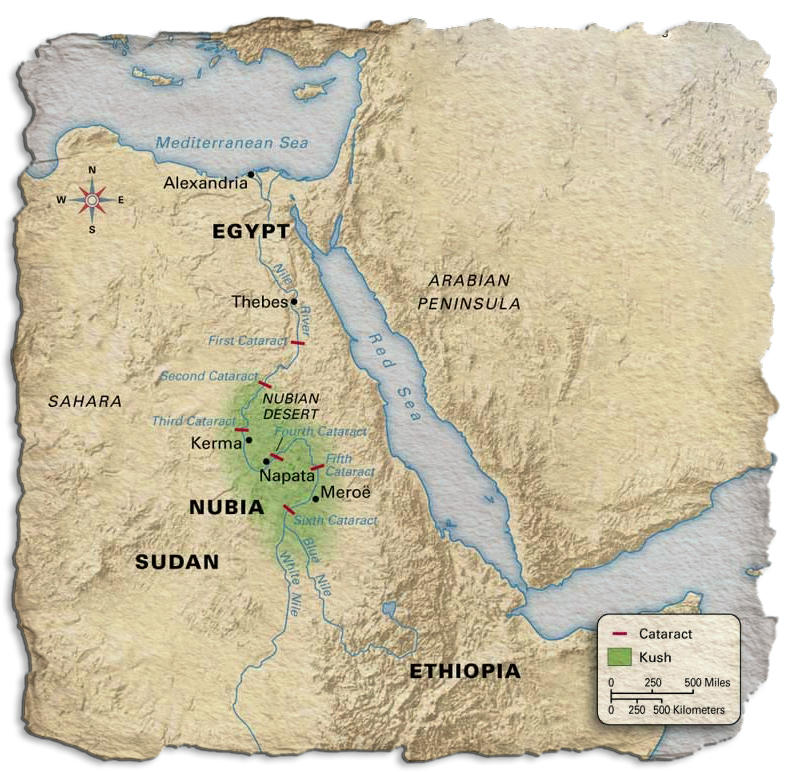
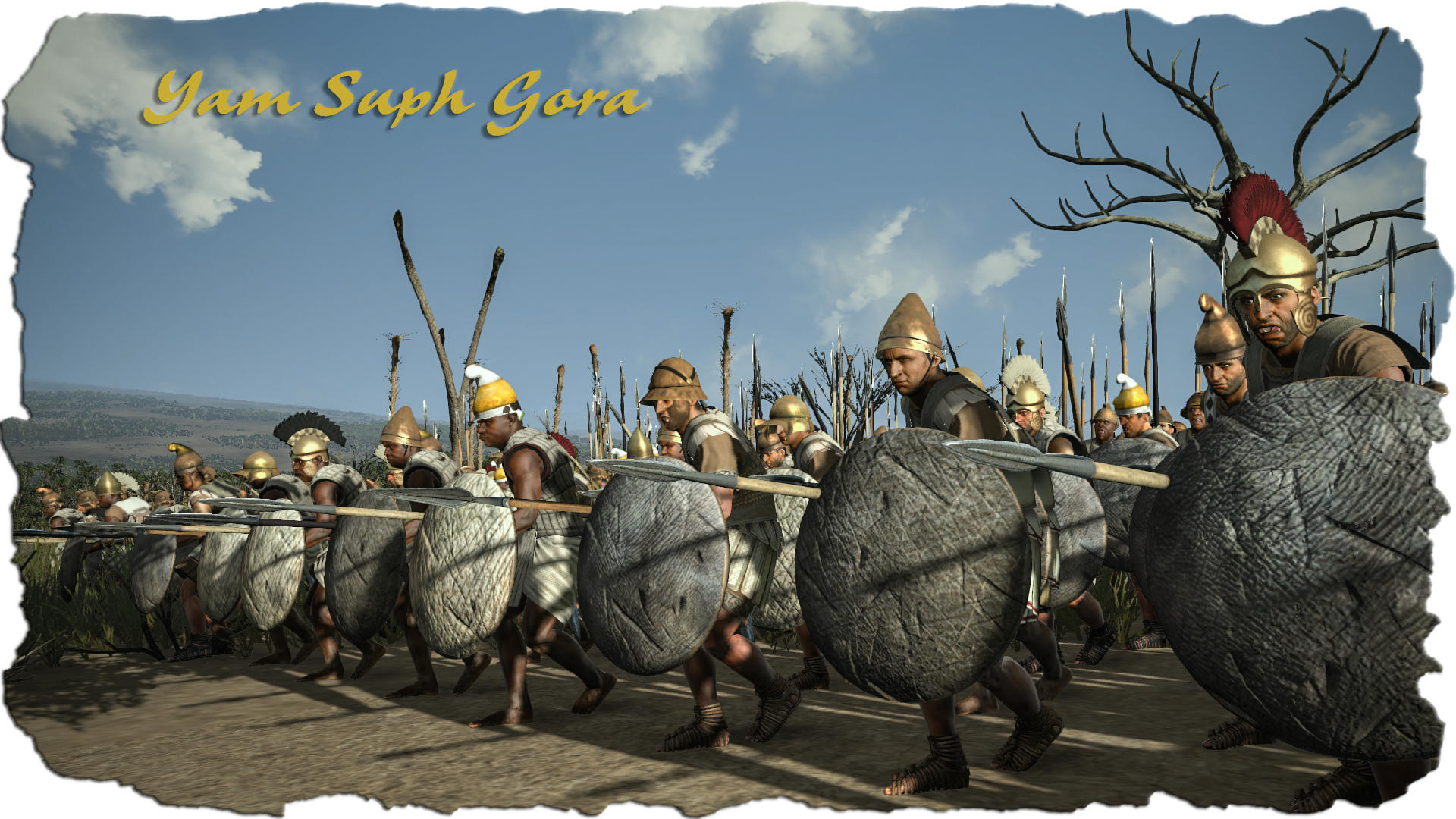
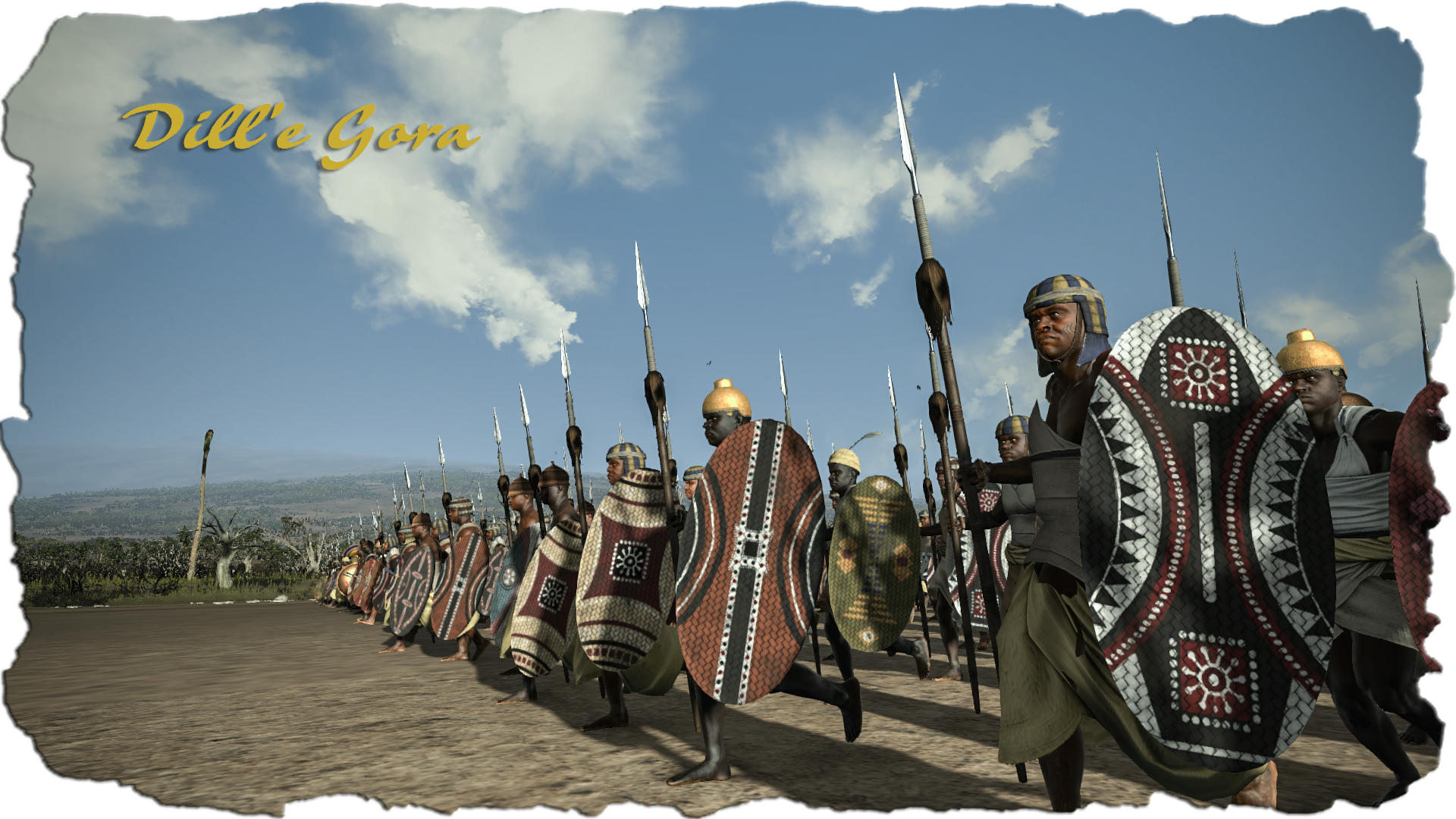
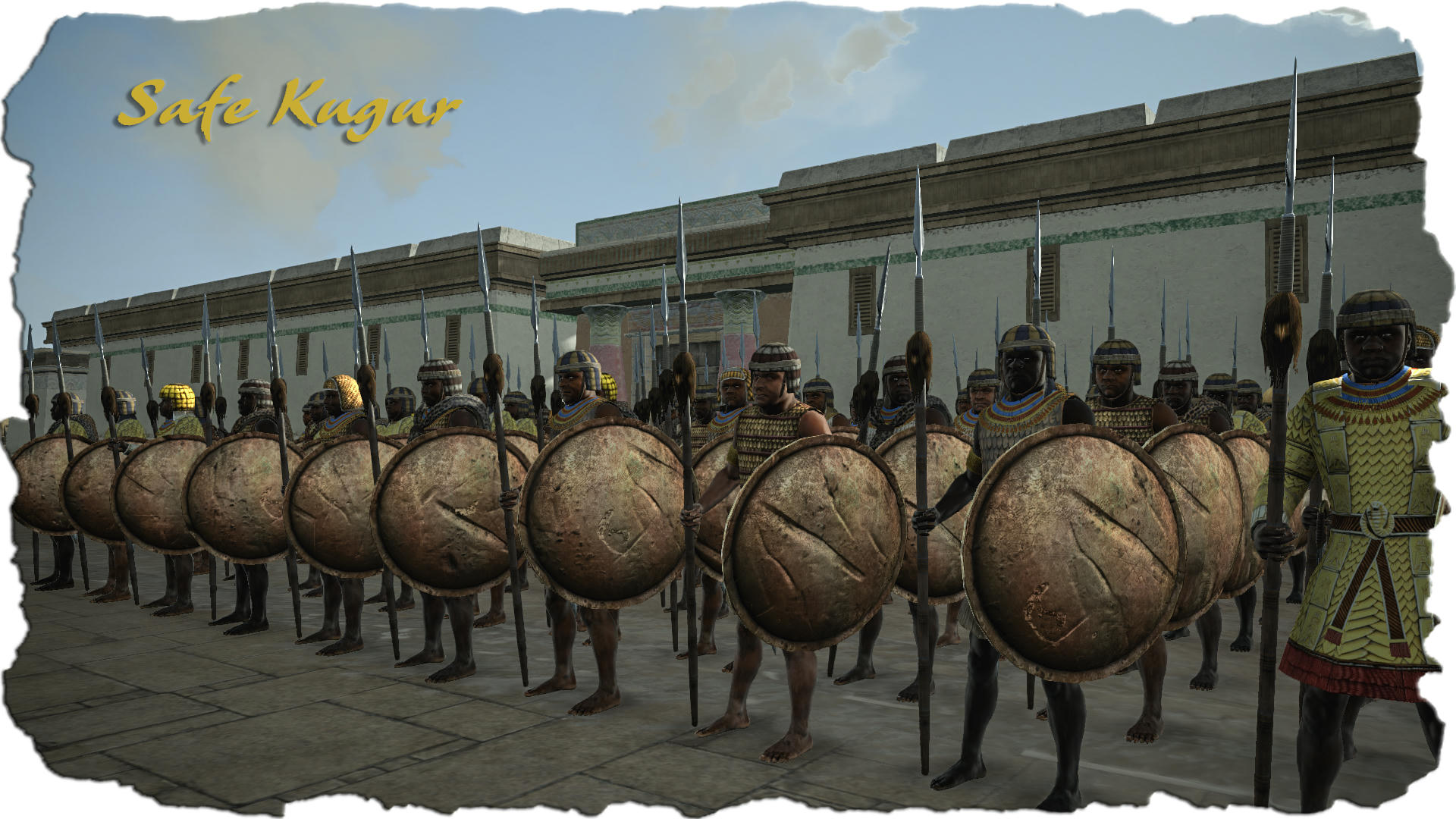
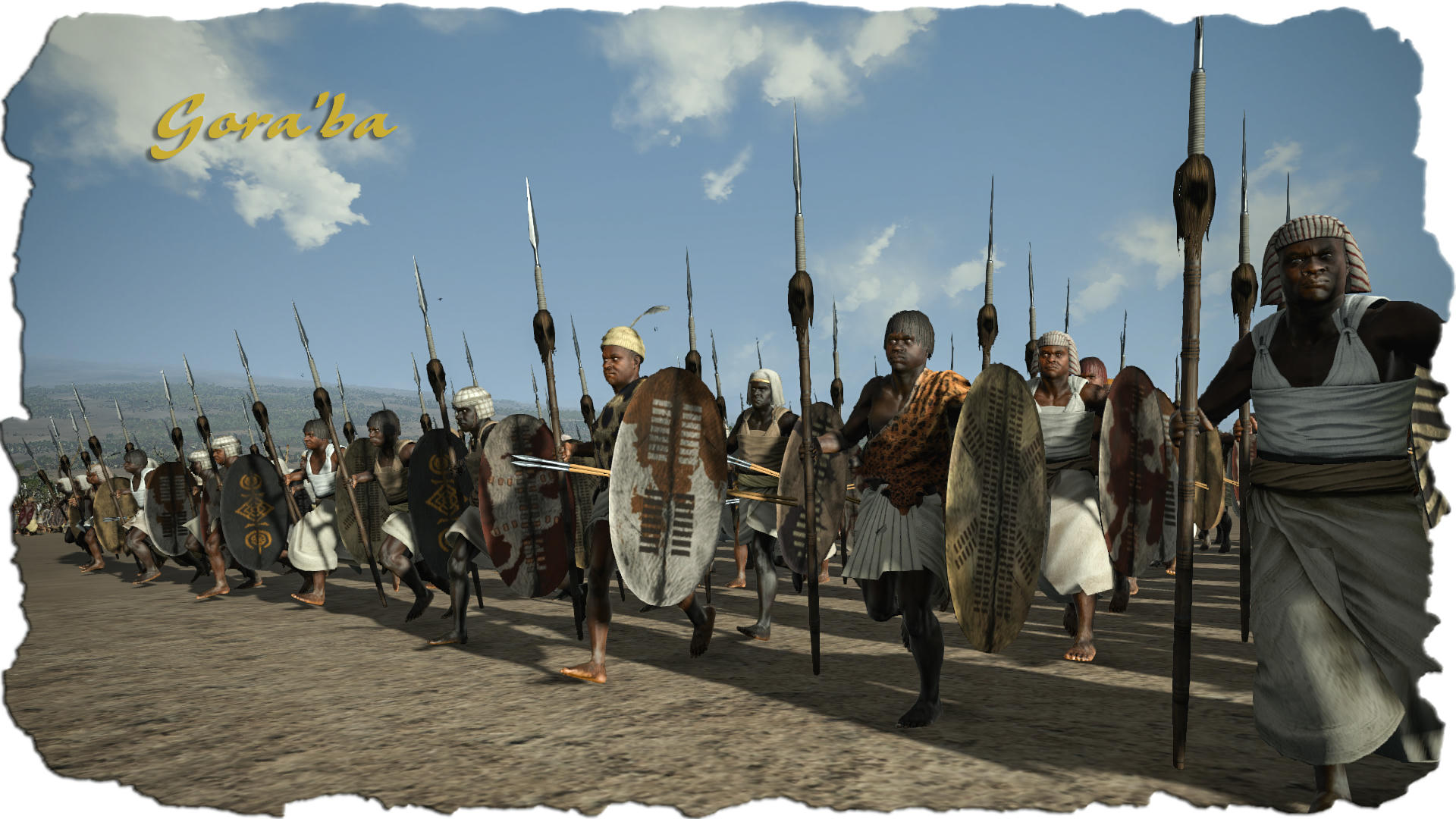
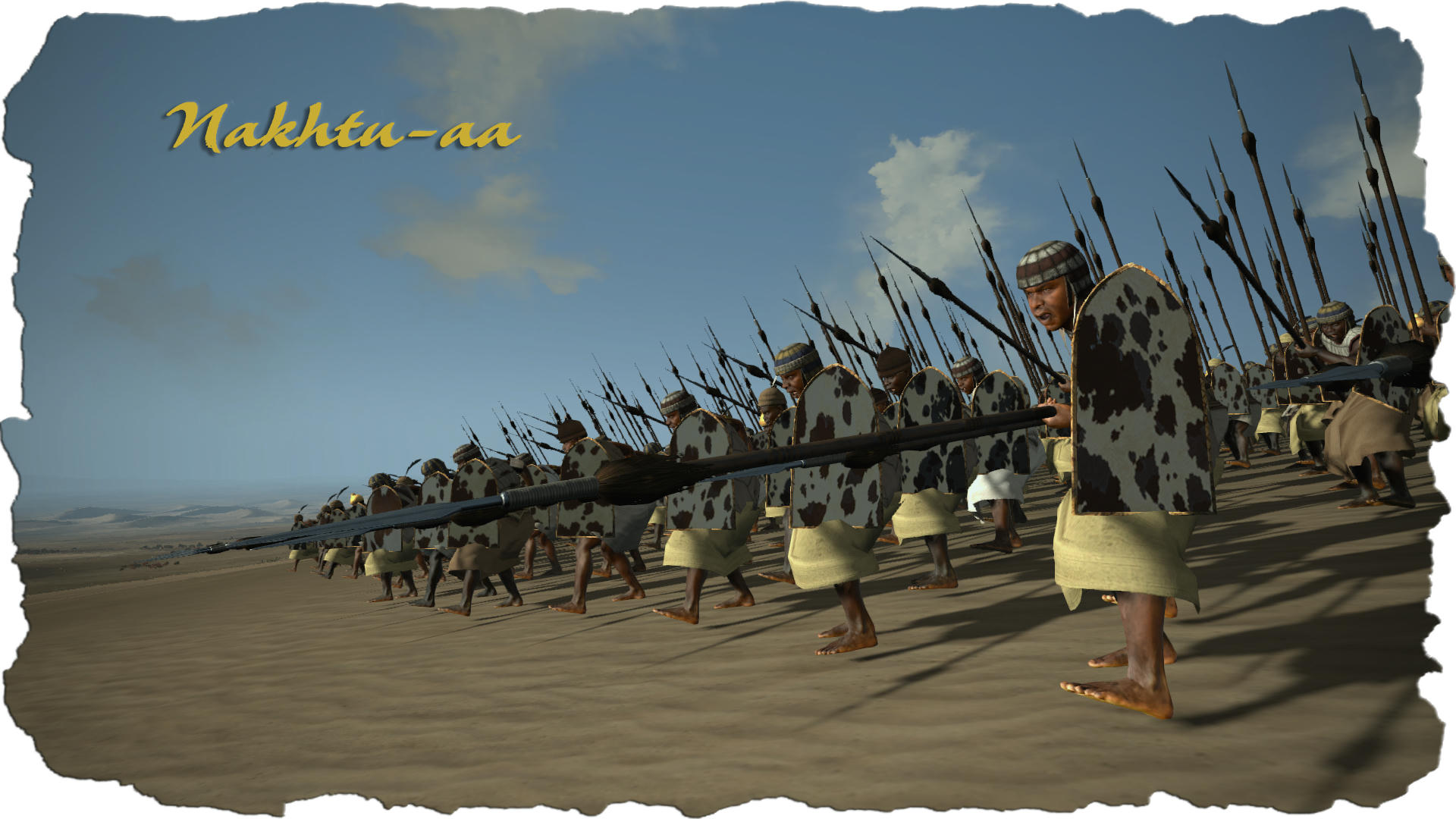
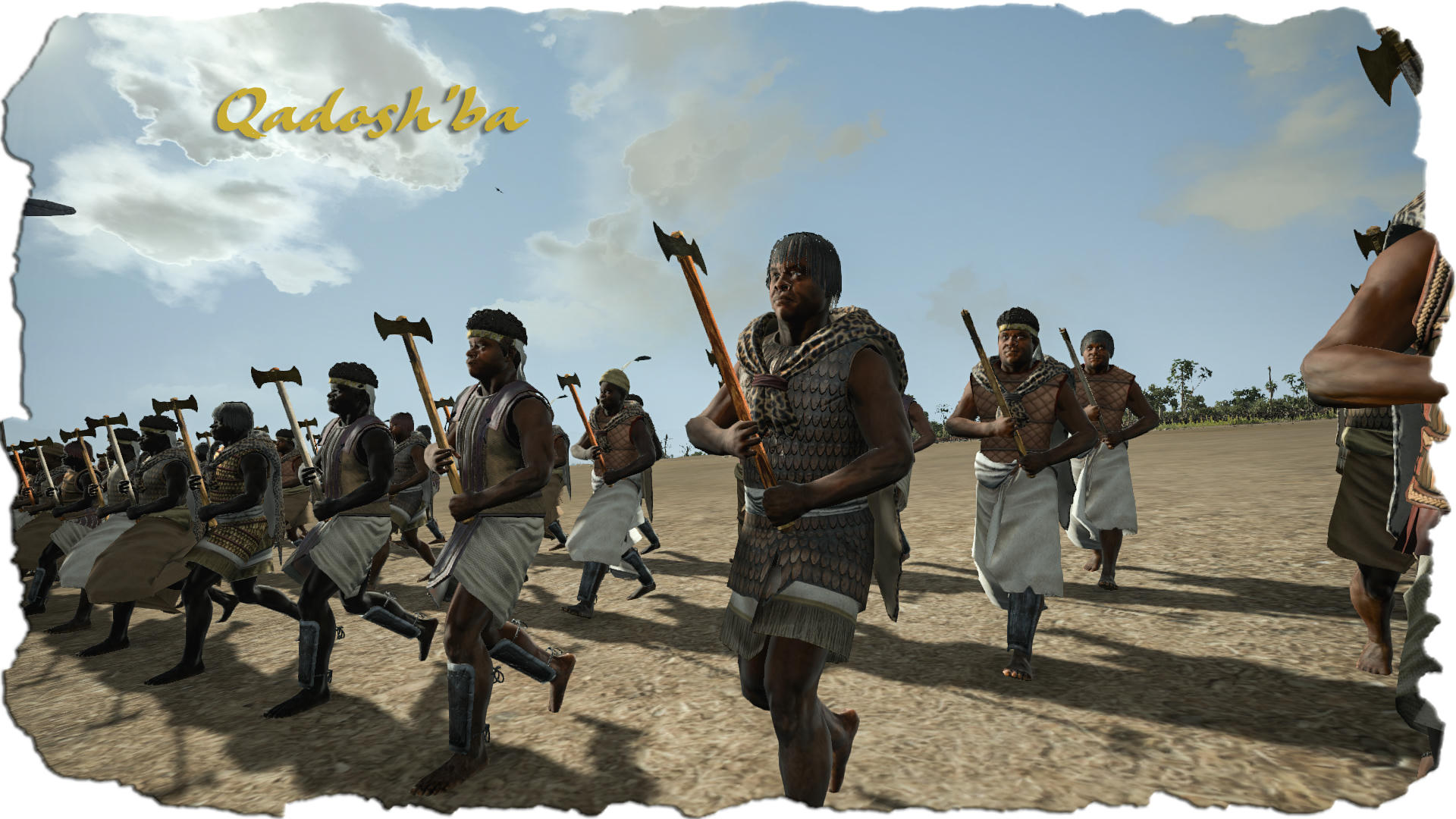
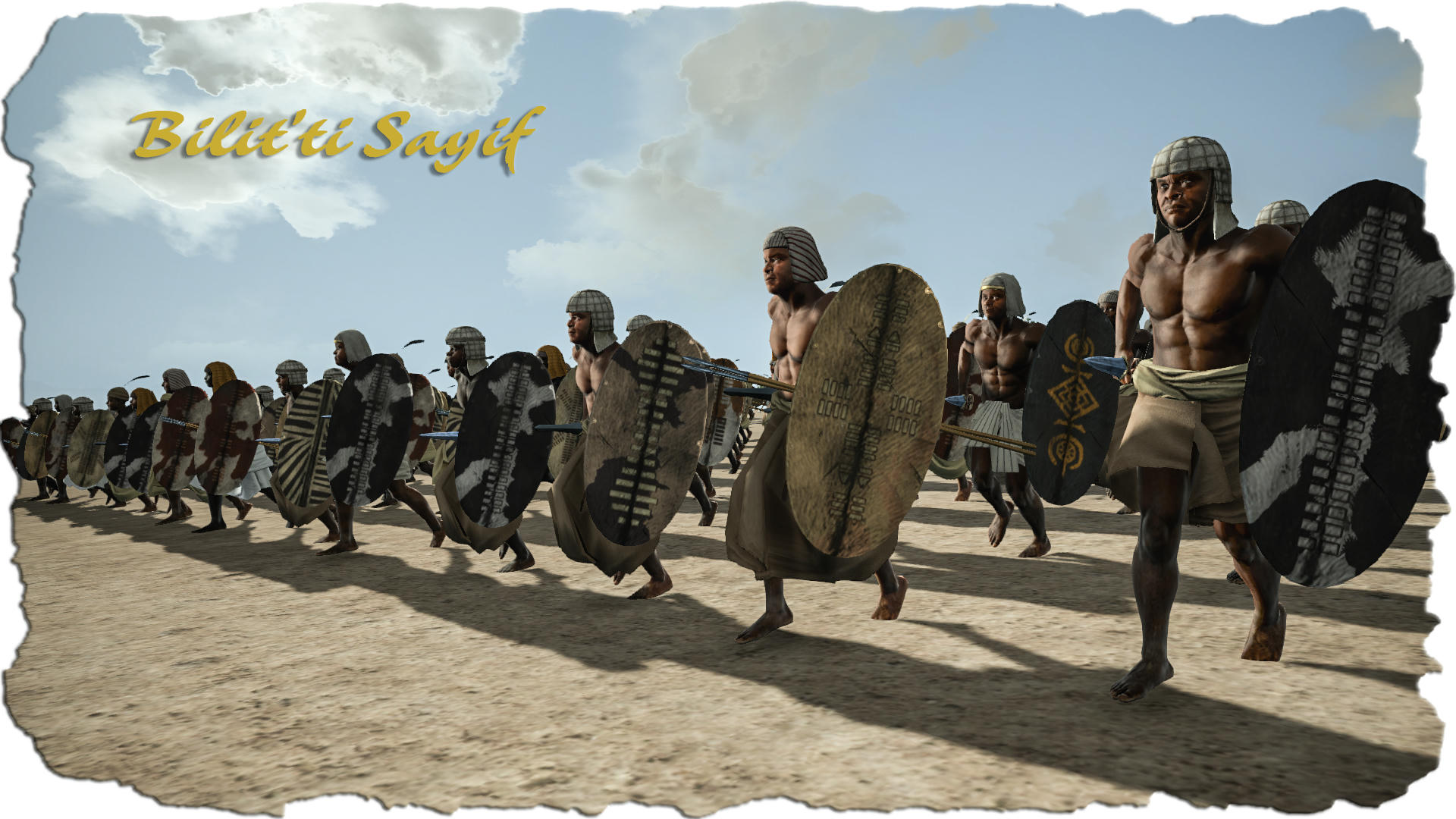
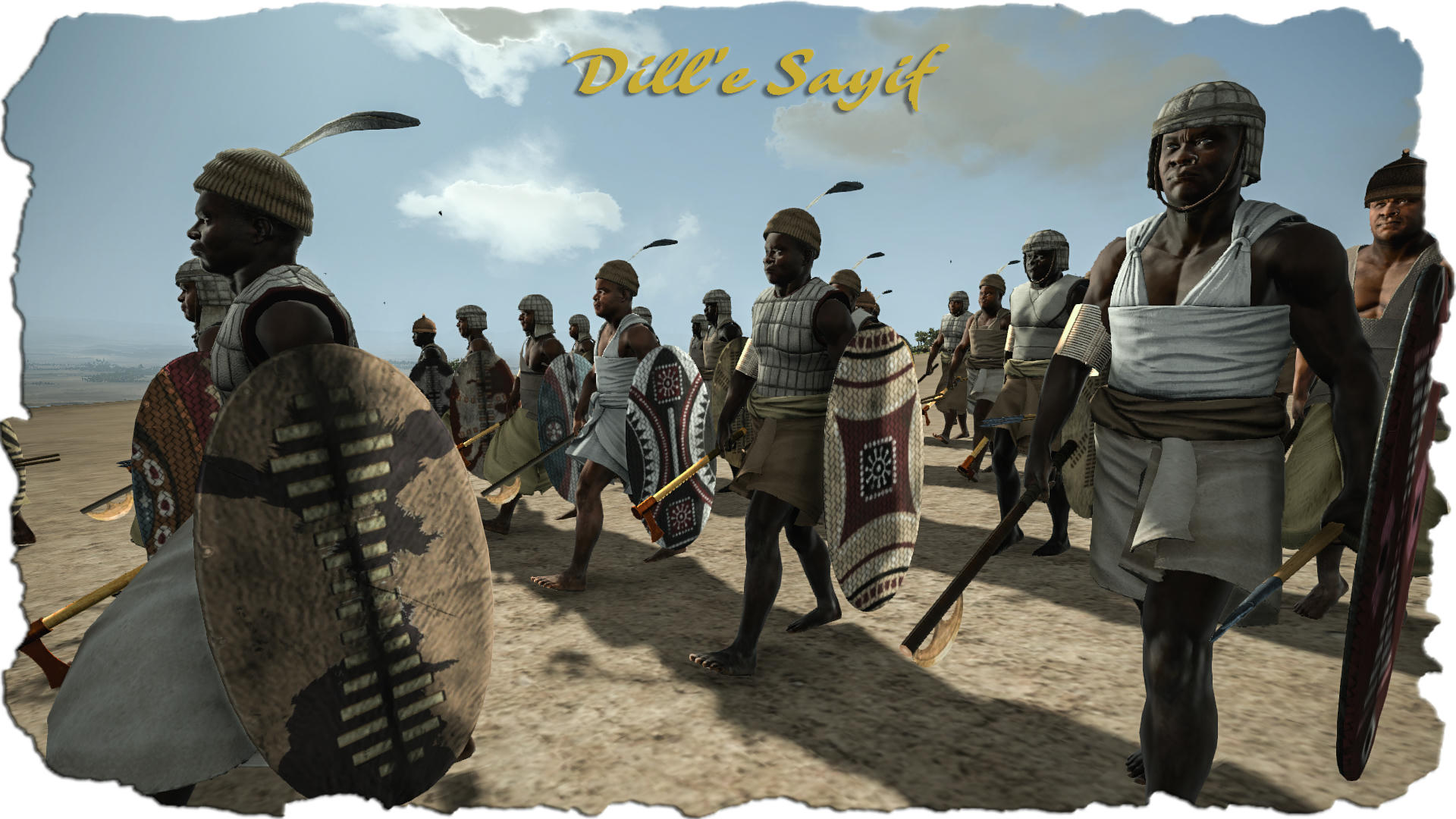
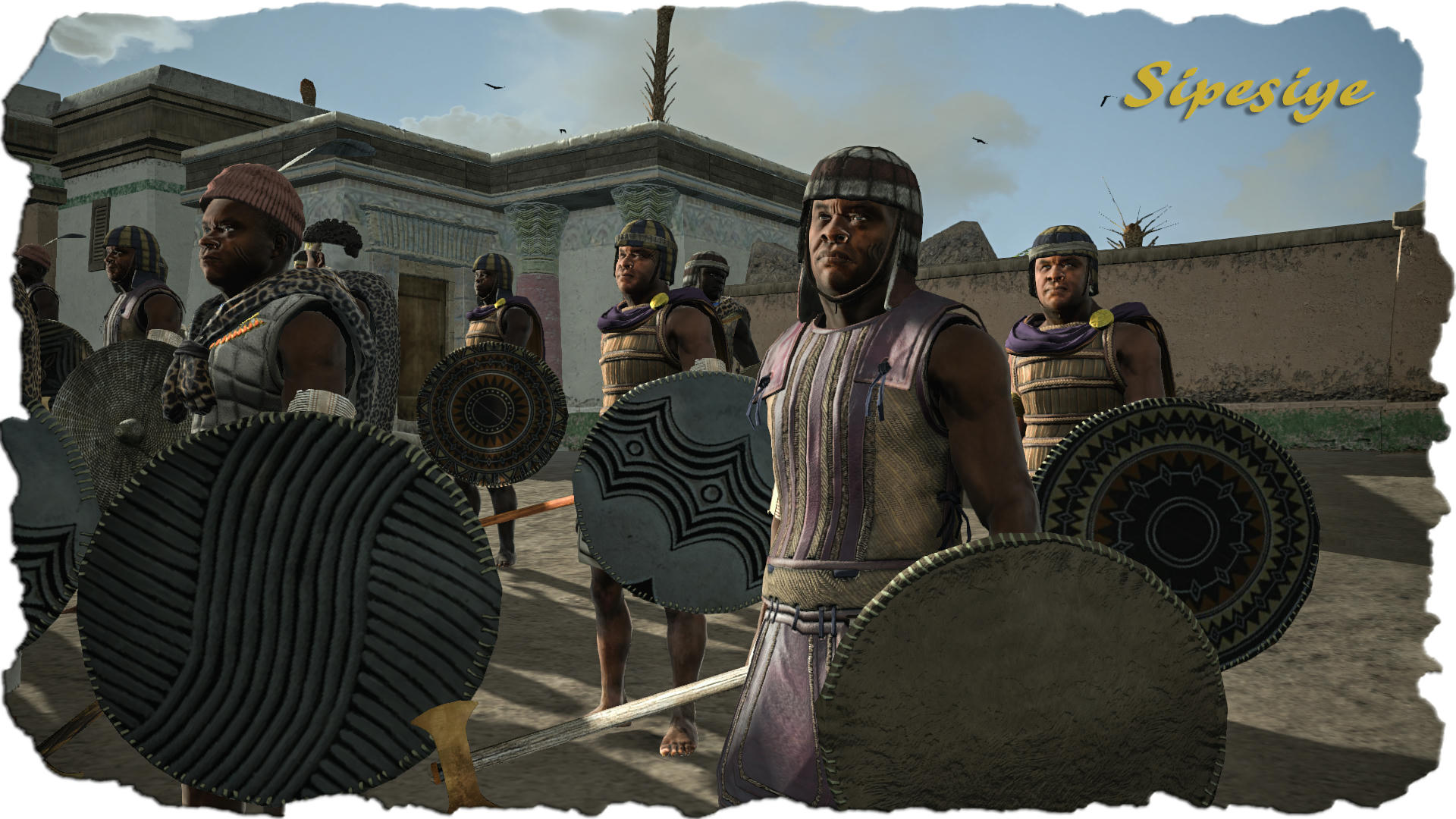
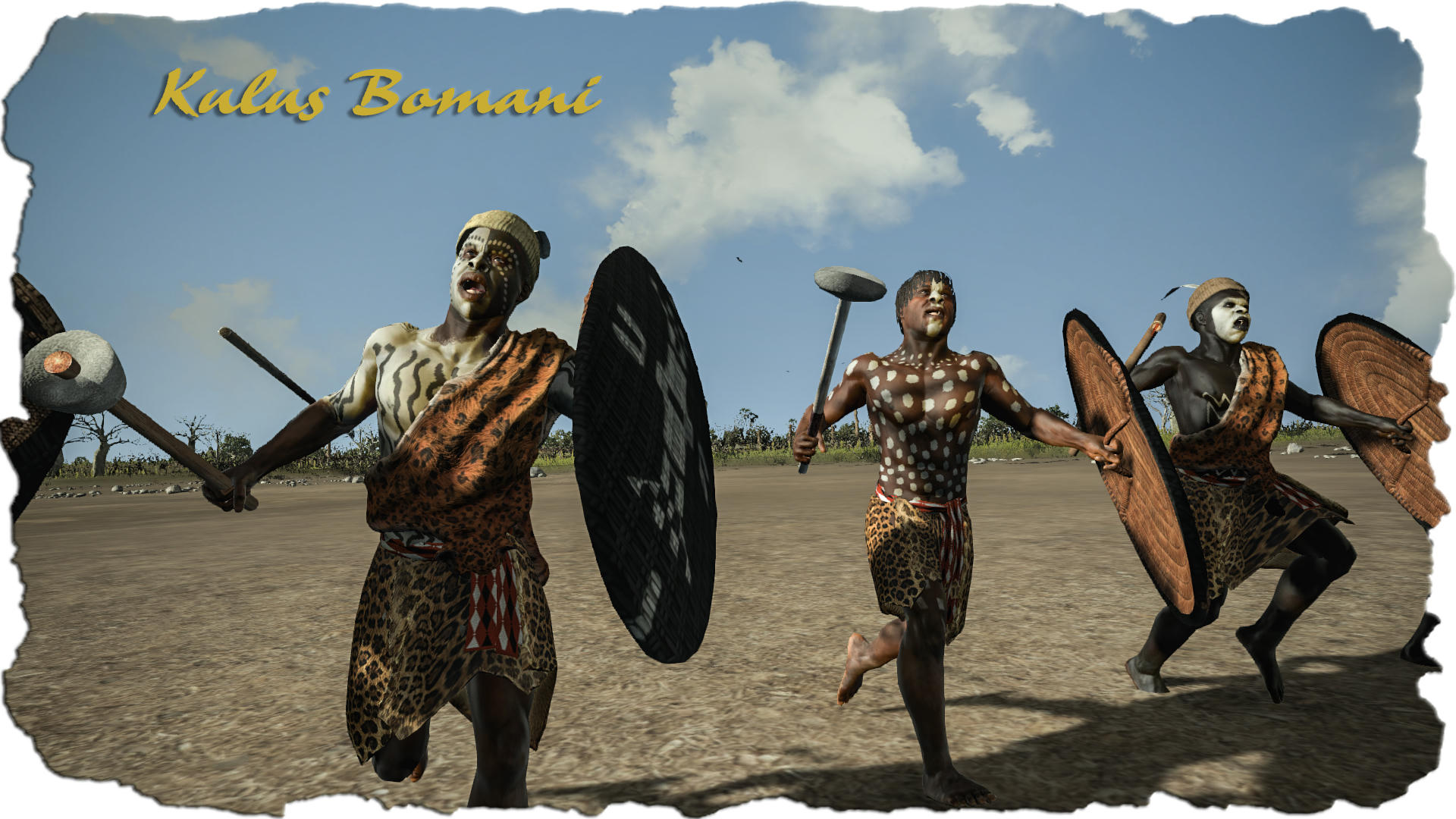
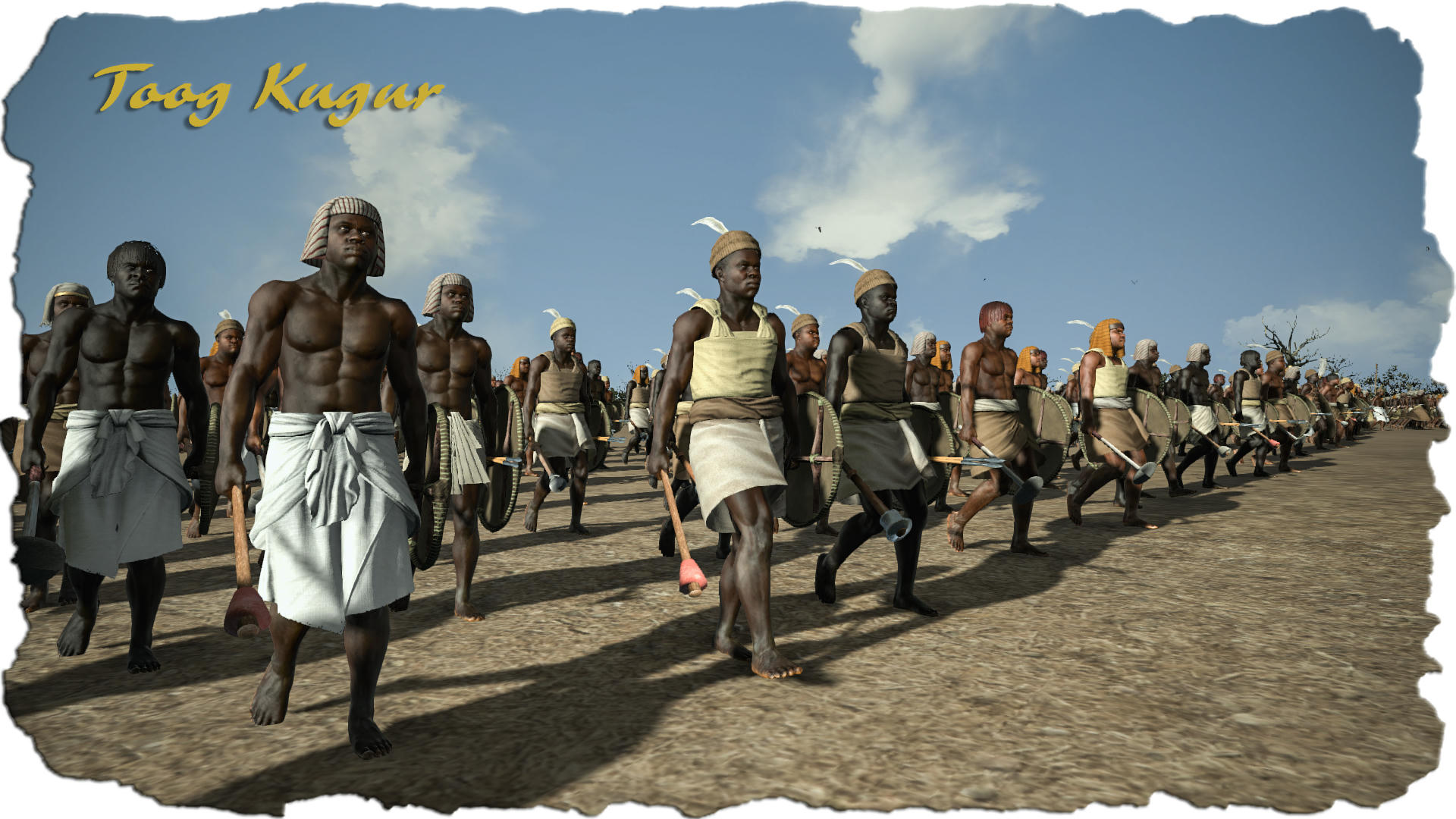
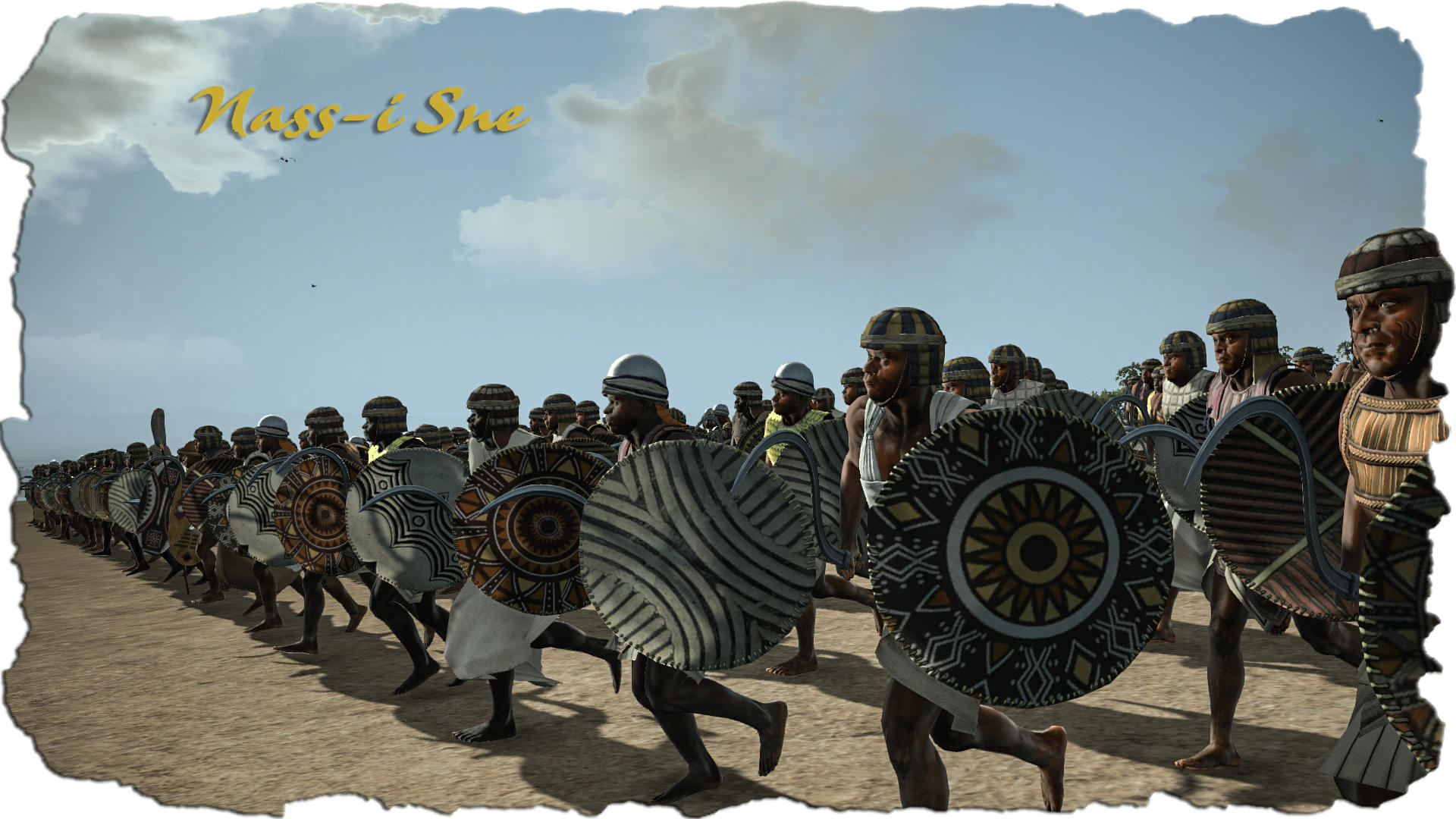
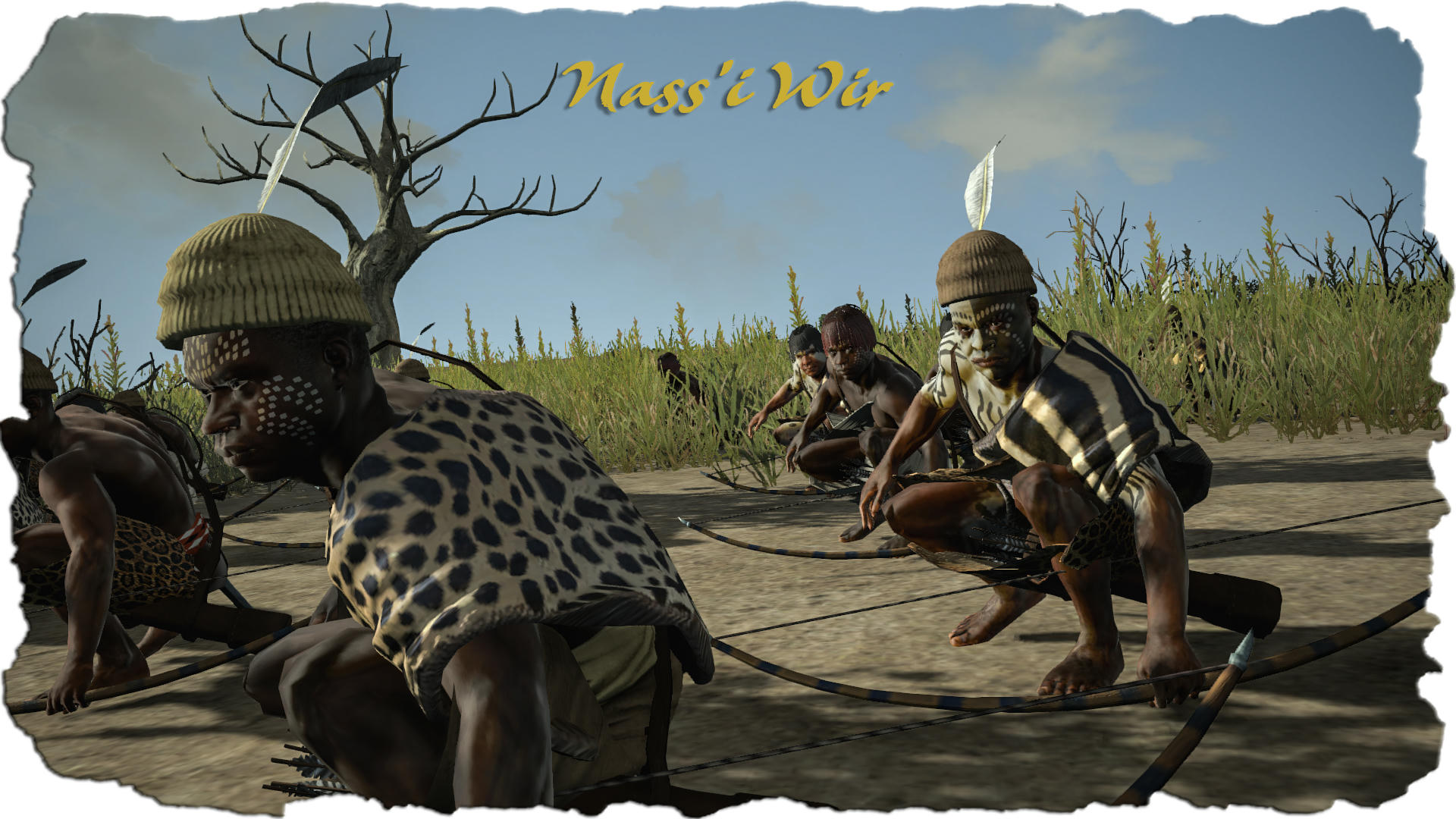
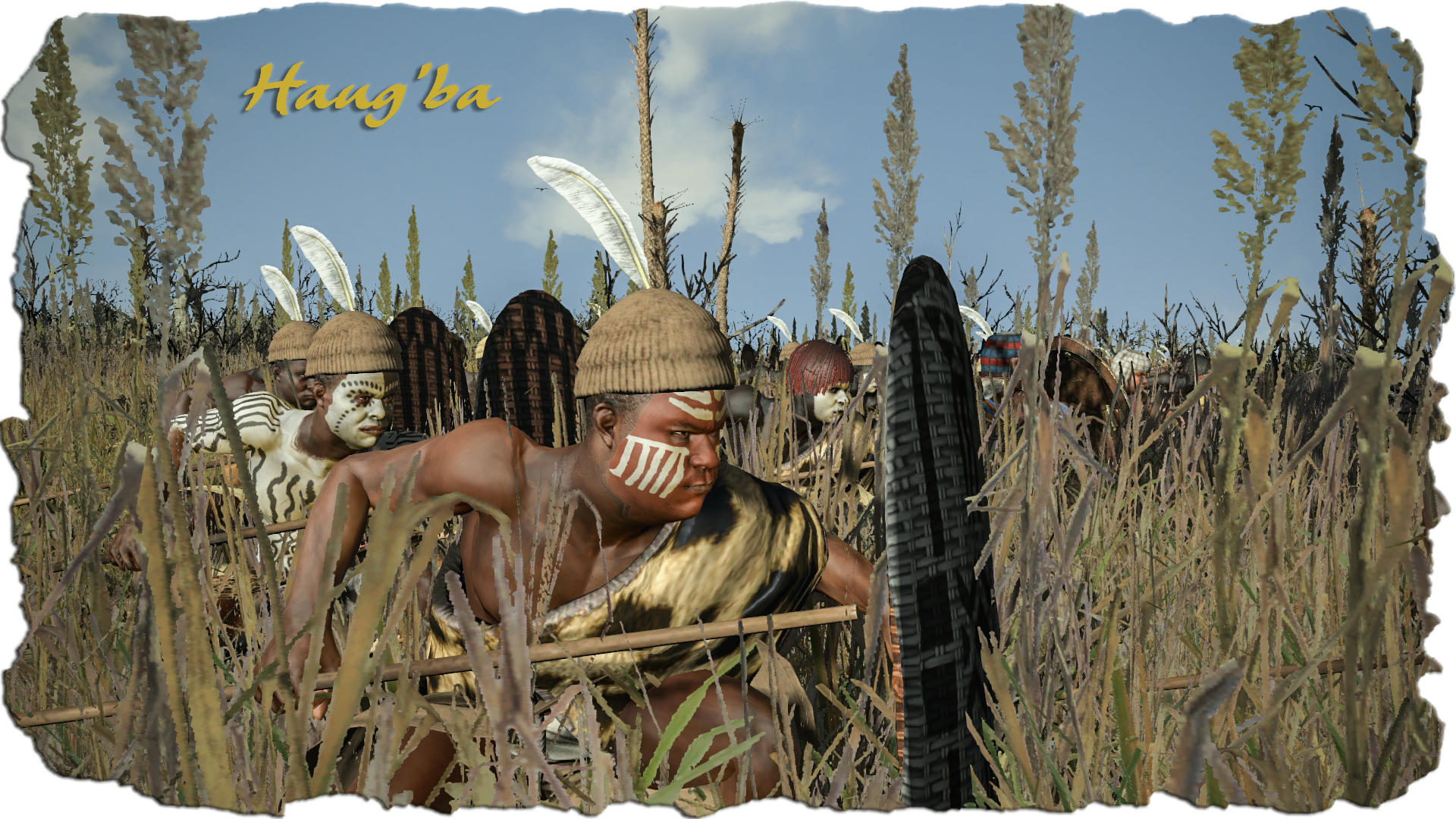
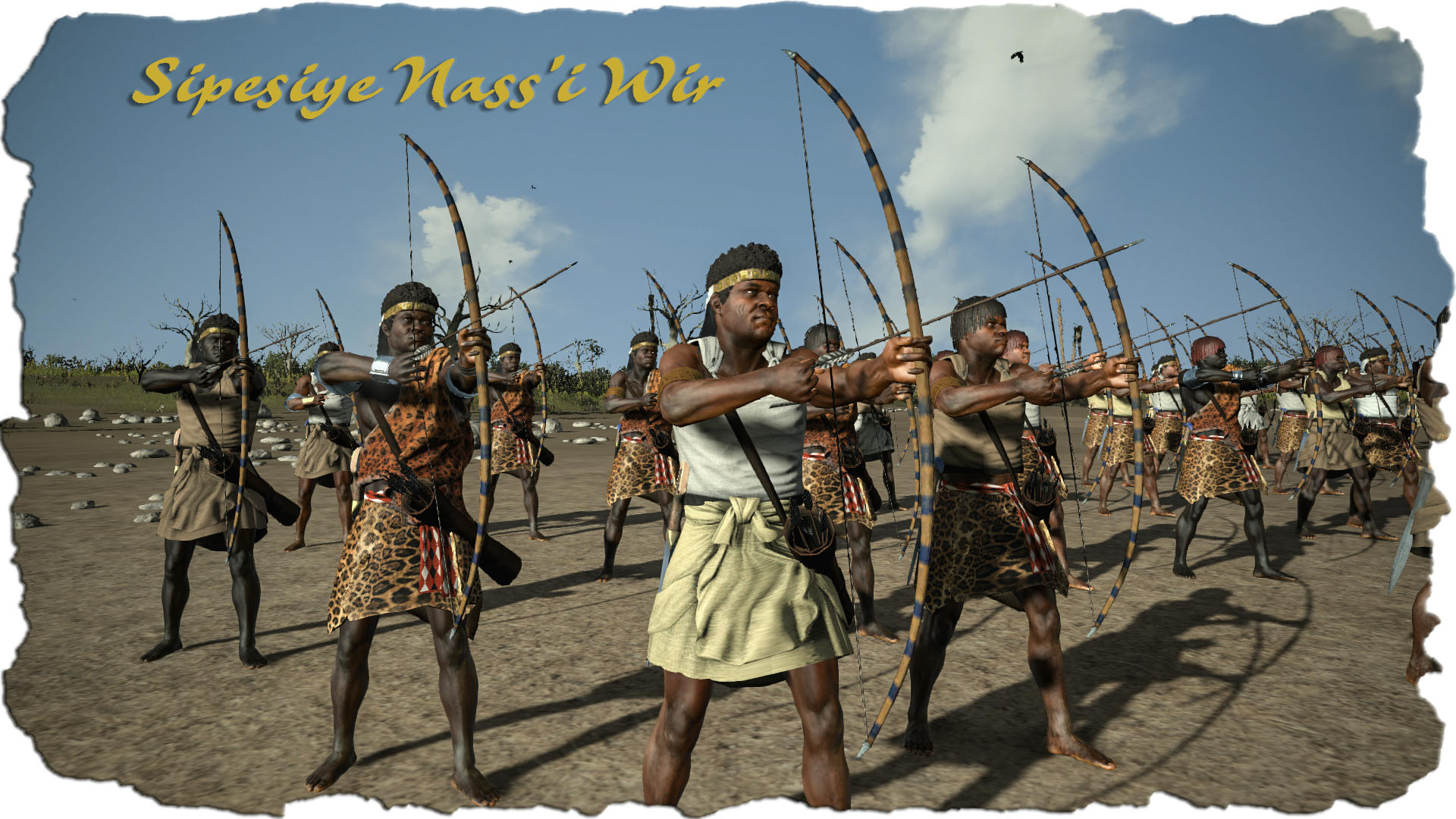
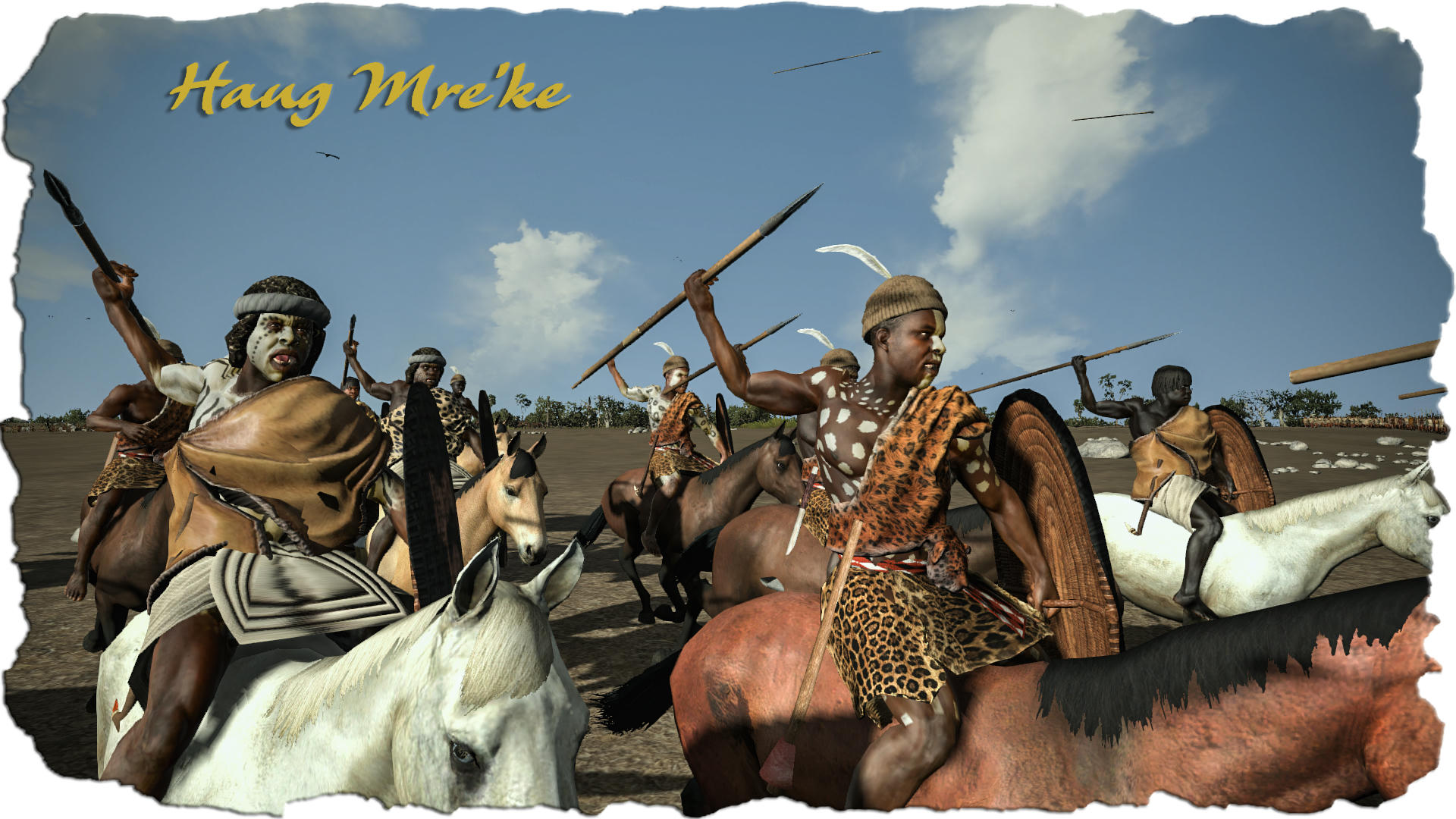
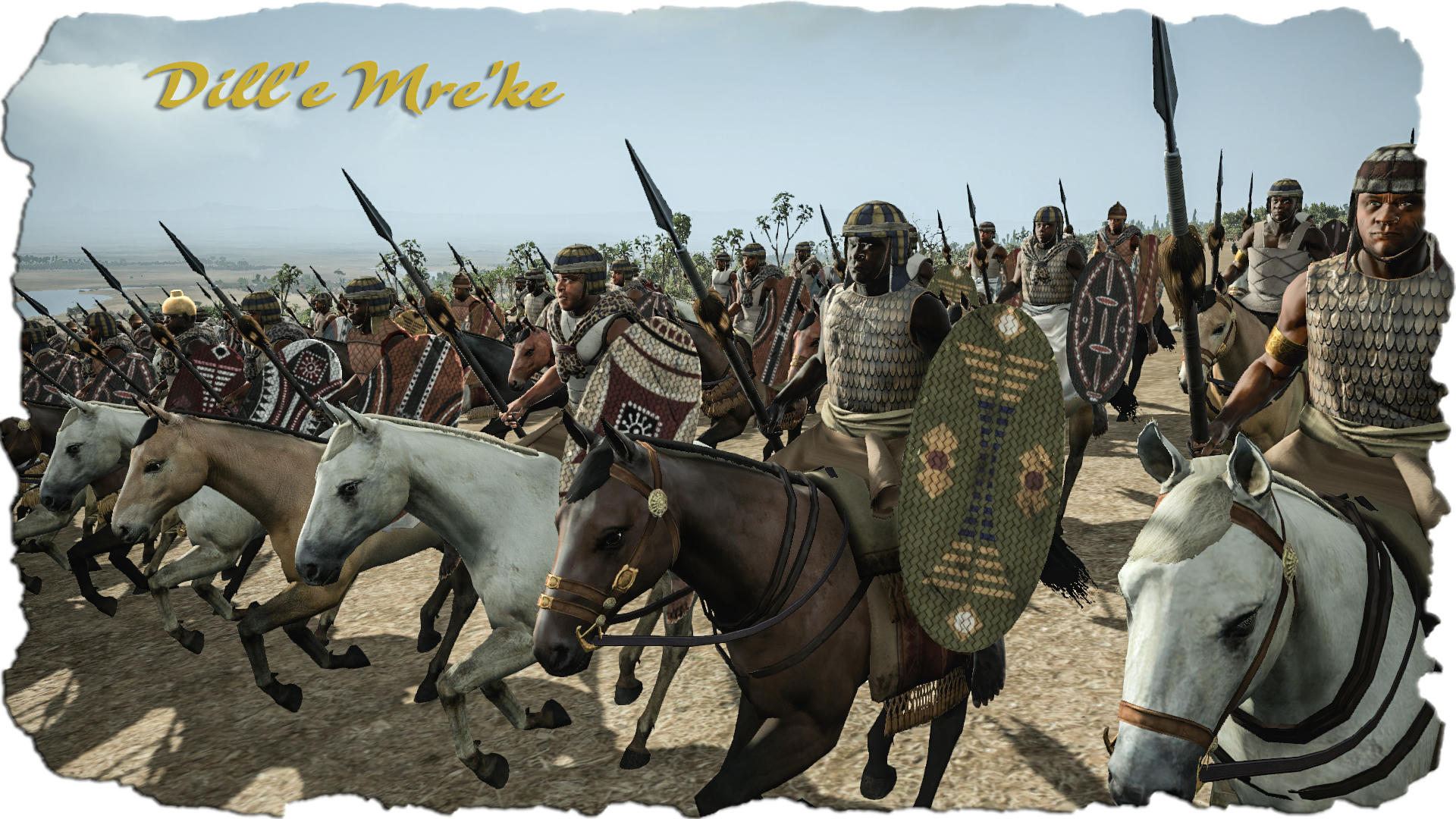
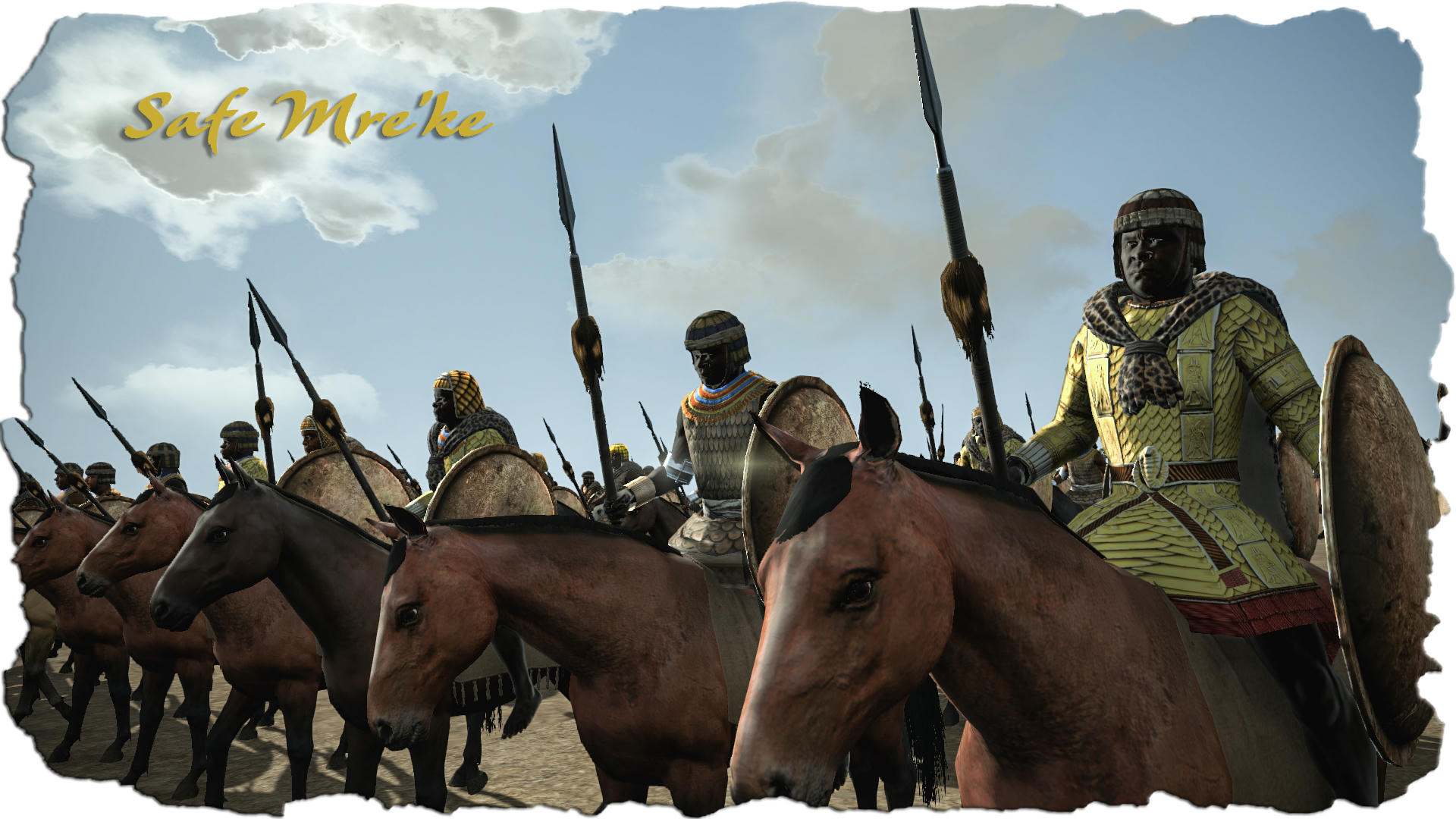
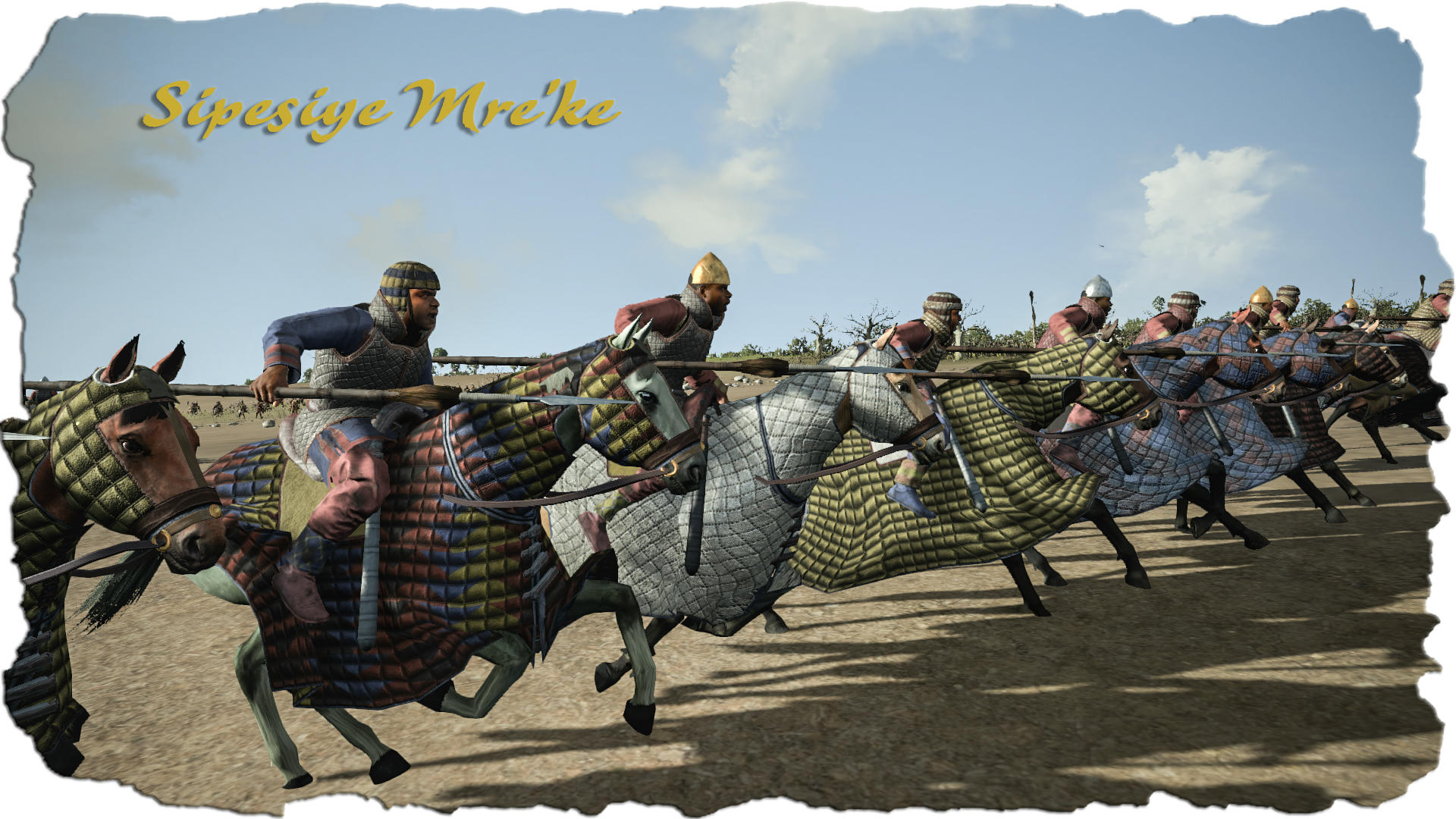
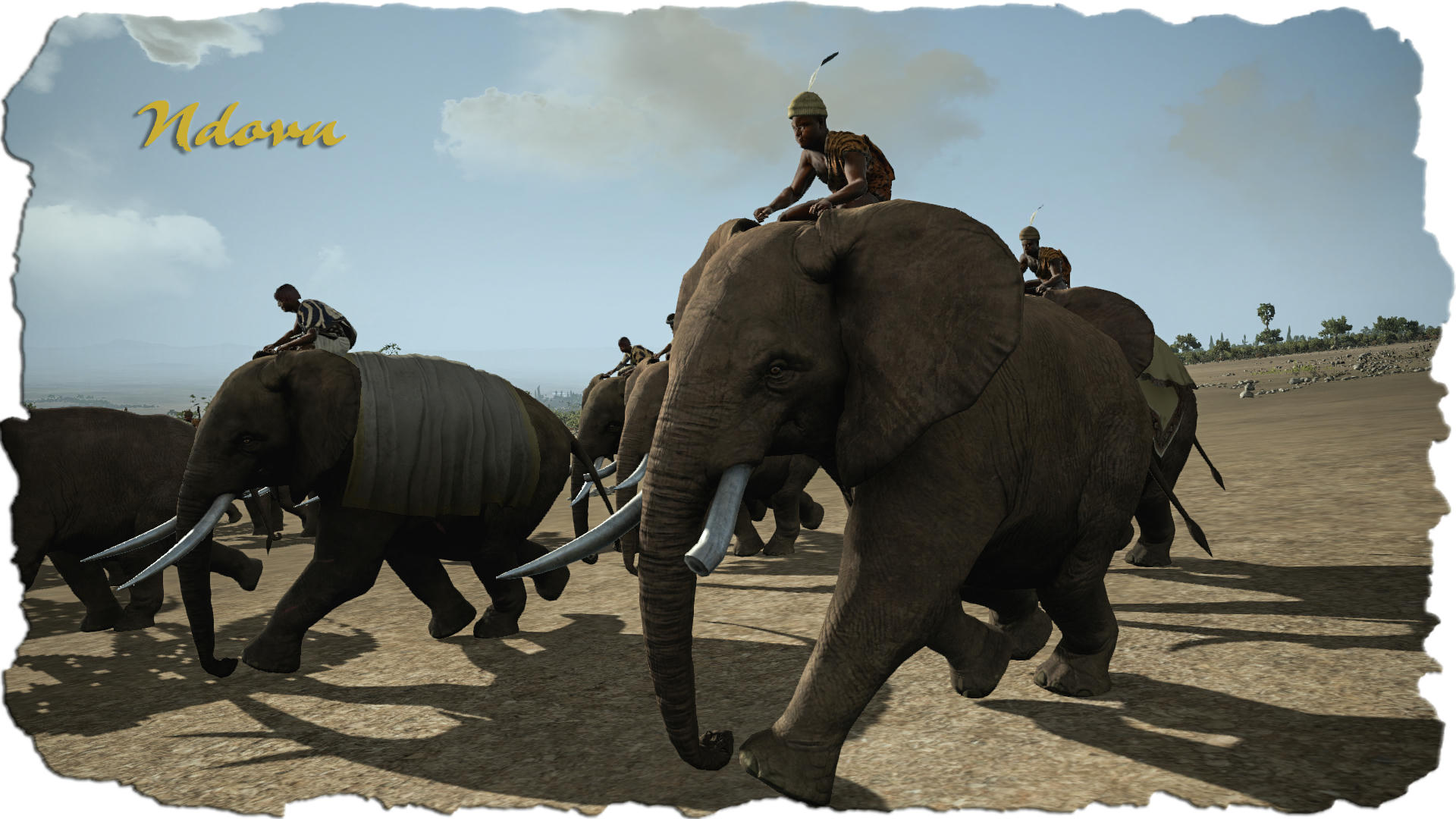
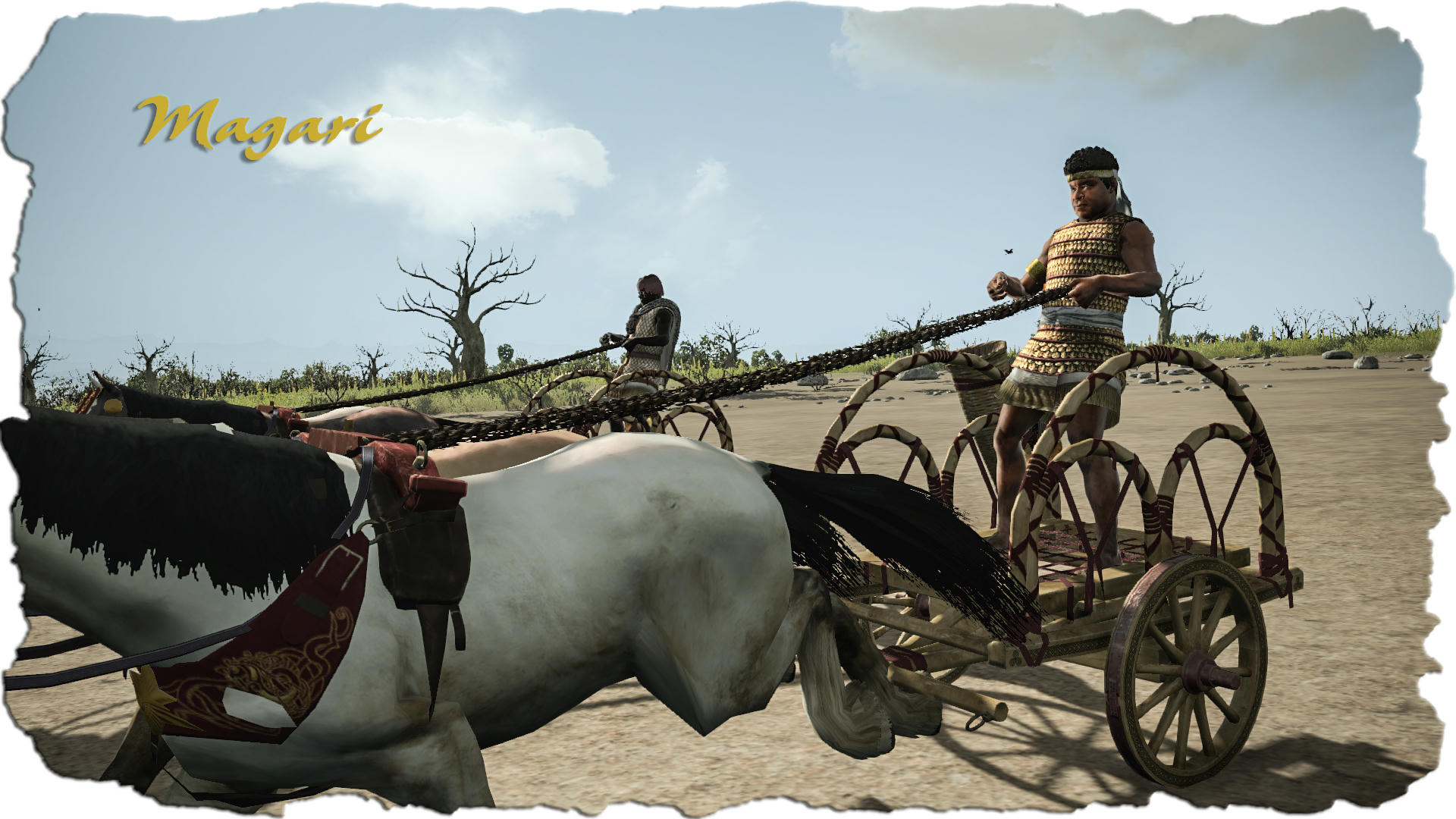
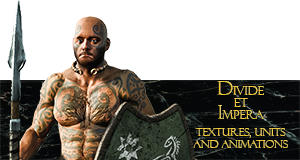

 Reply With Quote
Reply With Quote





















